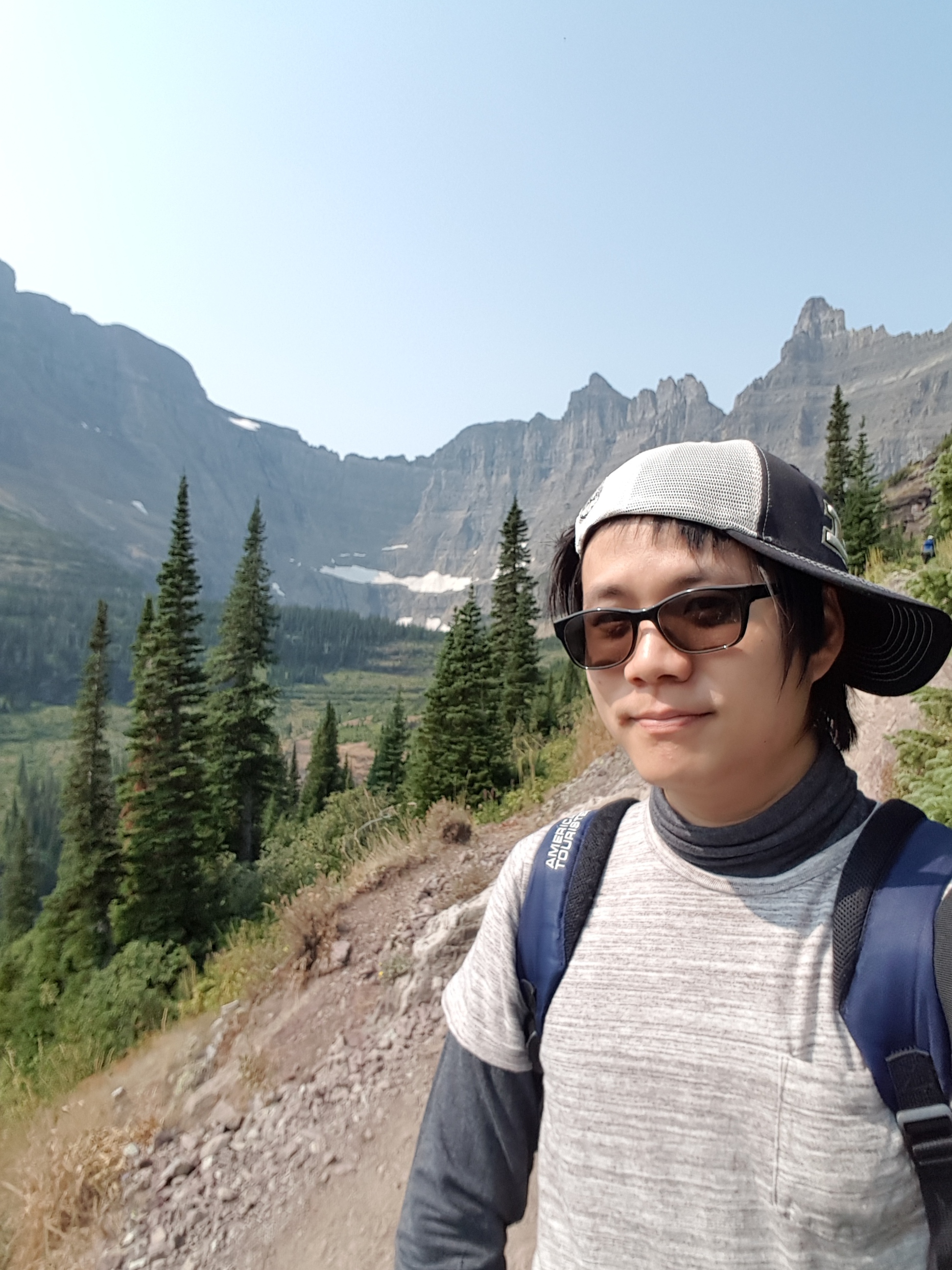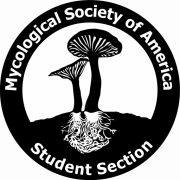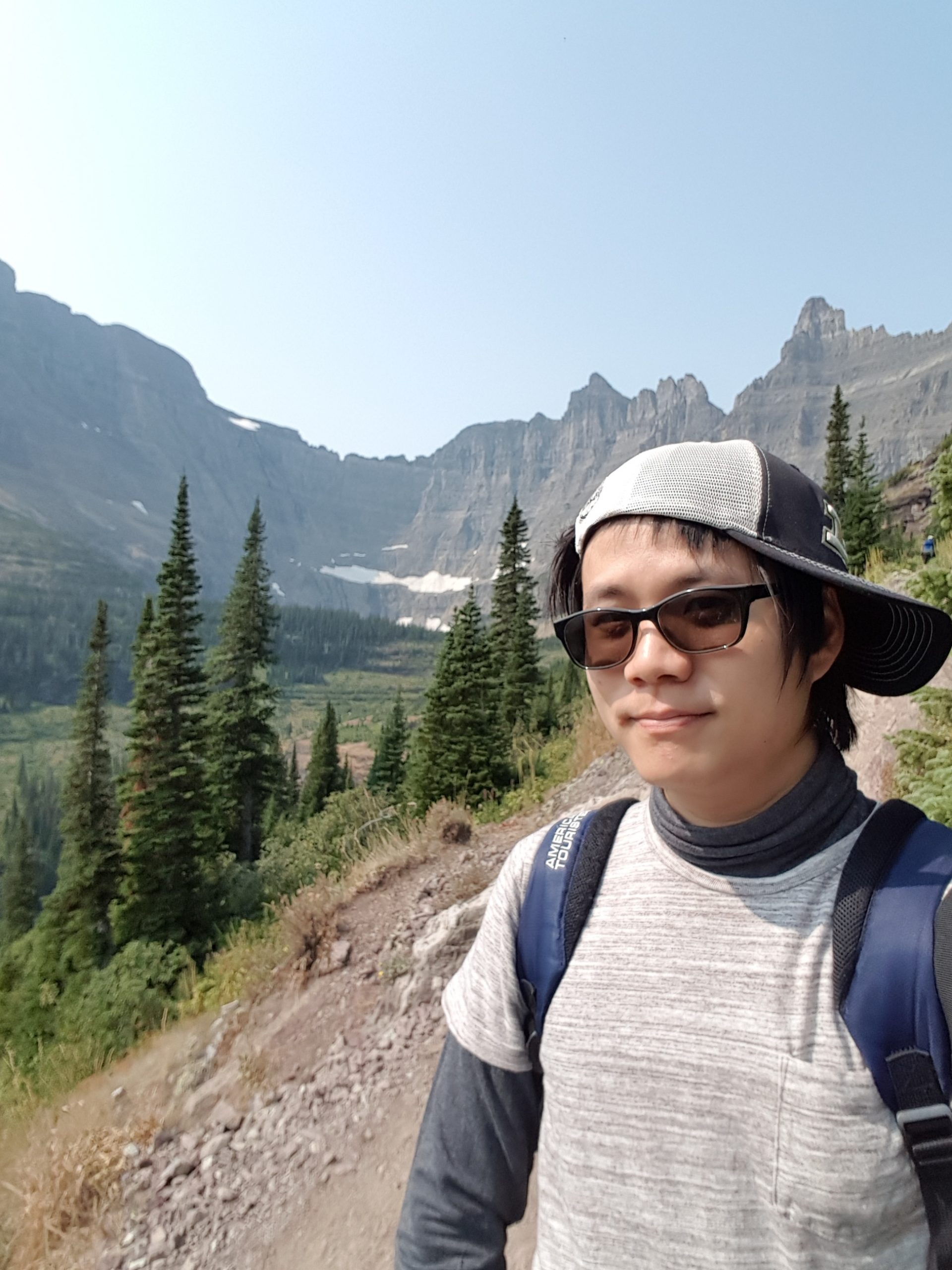Teeratas ‘Tas’ Kijpornyongpan is a PhD student from Bangkok, Thailand, where he completed his undergraduate degree. Tas plans to return to Chulalongkorn University in Thailand, his alma mater, as faculty after he completes his PhD at Purdue University. His primary interests are to explore fungal biodiversity in Thailand, as well as to teach and inspire younger generations about mycology. Currently, Tas is in Dr. M. Catherine Aime’s lab, where he works on the groups of early-diverging basidiomycetes called Ustilaginomycotina. The subphylum comprises smut fungi, one of the most diversified plant pathogens infecting many graminaceous plants. Ustilaginomycotina also consists of other members having a variety of life strategies ranging from animal pathogens, plant-associated fungi, and solely saprobic fungi. Tas’s project attempts to understand potential mechanisms that drive the growth from differences in this group of fungi, as well as the process of growth from switching in dimorphic species. Since this group of fungi has been overlooked in terms of biodiversity, Tas is also interested in exploring more unknown species in this lineage under the taxonomic/phylogenetic frameworks. This fungal dimorphism project has been supported by two MSA research awards, the Salomon Bartnicki-Garcia award, and the Graduate Student Fellowship award.

What is your favorite fungus and why?
It should be my model species Ustilago maydis for sure. Even though I have no idea how good is the “huitlacoche” (corn gall as a Mexican food), the craziness of U. maydis fungal dimorphism has been helping me stay on this track until now.
What is your favorite fact about fungi?
Fungi have many ways for reproduction¾sexual spores, asexual spores, budding or hyphal fragmentation. Even in sexual reproduction, they are so diverse in terms of sexual compatibility and a number of mating types. Since reproduction is a key property of an organism to exist in the world, it is no doubt that how fungi are much more diversified compared to plants and animals.
Any great stories from field work?
Although I am not very specialized in a field work, there is a little funny story when I helped my advisor survey a site. We were looking around to see what types of fungi could be found in the area. My advisor was interested in rust fungi in particular, so she said what structures to look for as a sign for them. Other people started seeing something, and I tried to do the same. Then I found a crawling plant on the ground, and there are aecia (spore-bearing structures of rust fungi) underneath its leaf. So I grabbed the leaf using a bare hand and told everyone “Look! Here is a rust fungus.” My advisor stared at me for a few seconds before monotonously said “Oh, that is a poison ivy.” I was shocked for a minute before throwing the leaf off, then asked someone for water to wash my hand. Thankfully, there was no any subsequent allergic reaction, maybe because I am tolerant to poison ivy.
What do you like to do in your free time?
I like reading books and playing card/board games for my indoor activities. Photography is a big part of my outdoor hobby. I love not only taking pictures of spectacular scenery and beautiful flowers, but also having shots of tiny mushrooms/fungi on the ground or any pathogens on plants. These type of photos, as well as collected samples, would be invaluable as teaching materials for my future career.


Leave a Reply